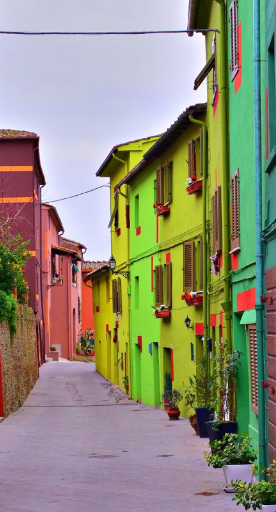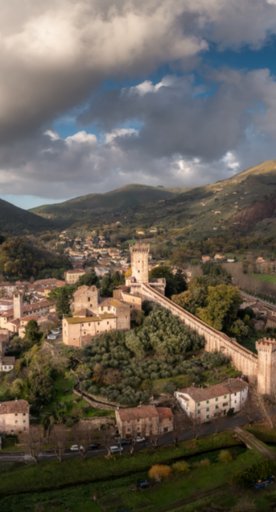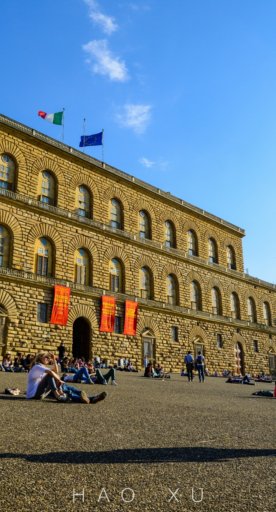6 villages on the Etruscan Coast
Scattered across the rolling hills, historic and tranquil towns with exceptional local products
The coastline stretching from Castiglioncello to Piombino is home to idyllic beaches that were once the favorites of the Etruscans. Beyond the glittering waters, however, the lush nature and historic villages peppered across the hills offer endless variety to visitors. Seek solace in the picturesque countryside and embrace the tranquility to be found in these restorative retreats as you sample the food and wine specialties in the landscape that inspired the Macchiaioli painters. Delve deep into the intriguing history and charm of these six unmissable villages along the Etruscan Coast.
-
1.Riparbella
-
2.Santa Luce
-
3.Casale Marittimo
-
4.Castellina Marittima
-
5.Montescudaio
-
6.Guardistallo
Riparbella

Immersed in vineyards and olive groves, the captivating village of Riparbella is enriched with the scent of the Mediterranean scrub from its position on a tuff rock ridge. With Etruscan origins dating back to 600 BC, the appeal of the area is immediately evident. The historic streets of the center hold such treasures as the 16th century Oratory of Madonna delle Grazie and the 19th century Church of San Giovanni Evangelista, built on the ruins of a former church whose bell tower still stands today. The beautiful woodlands of the Scornabecchi Garden Park, just a few kilometers from the town, feature many well-marked paths and nature trails that bring you close to the wealth of local flora and fauna, with charming routes available whether you prefer leisurely strolls, energetic hikes or horse-riding. There’s even an adventure park ‘Il Giardino Sospeso’ (The Suspended Garden) with acrobatic routes, tree climbing and archery for adrenaline-seekers, while a school in the woods, pet therapy and a whole host of other activities mean the options for enjoyment are endless. Gourmet lovers certainly won’t be disappointed either as Riparbella is well-known for its high-quality wine and excellent olive oil, enhancing local dishes with incredible flavor.
Santa Luce
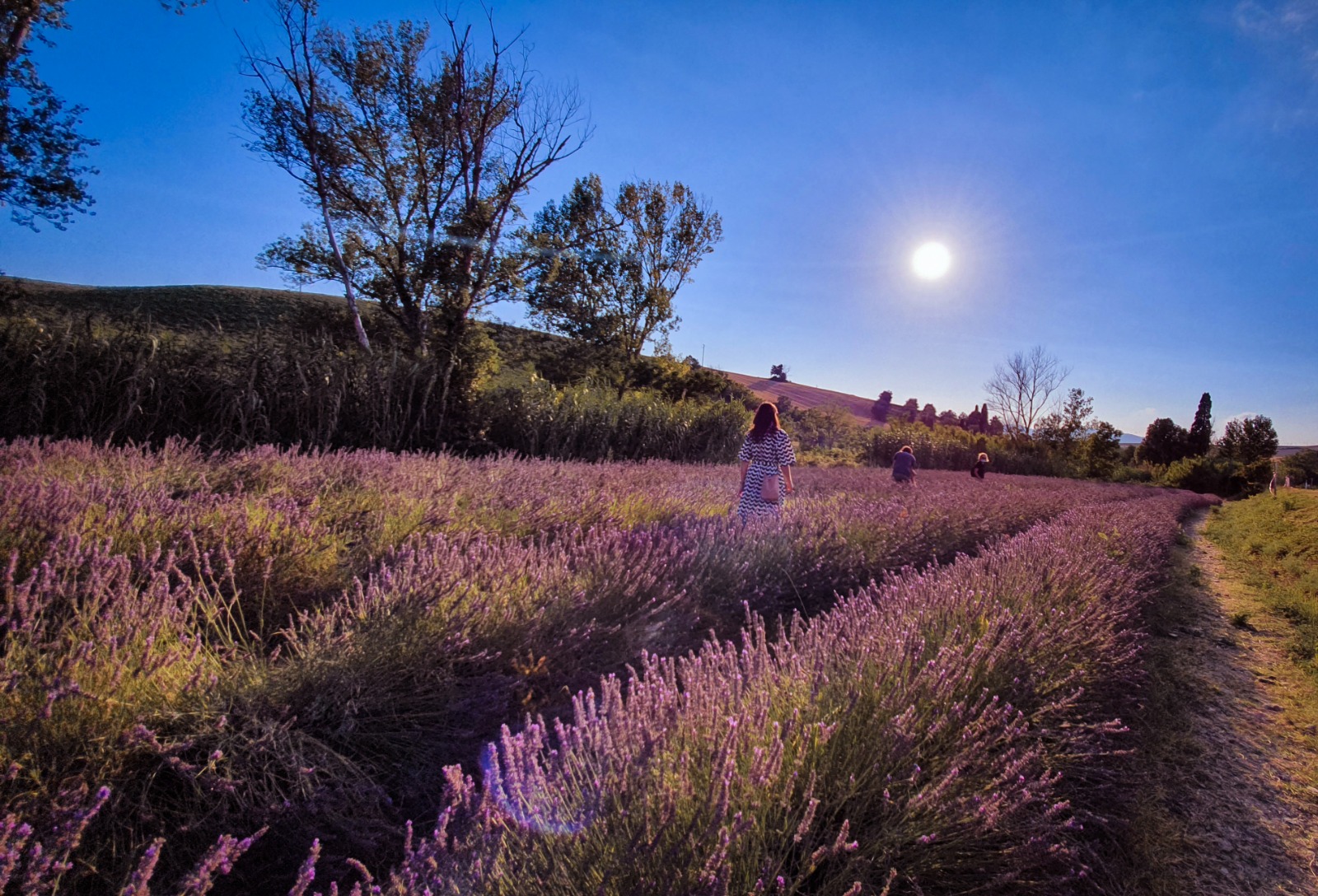
Nestled in the rolling hills, fairytale-like fields of wheat and olive trees stretch out in the distance, with the sea still just a short distance away. However, Santa Luce is home to its own idyllic waters, the Lipu Oasis of Santa Luce, an immense lake that was artificially created from a dam that’s now set in a 105 hectare nature reserve – a bird watchers paradise. The blooming lavender fields in June and July are simply dreamy as the soothing scent sends calm throughout all those lucky enough to share in its purple glow. With all this beauty, it’s no surprise that the area is home to the Lama Tzong Khapa Institute, a noted Buddhist center, as people gather for meditation retreats and more. Exploring these natural beauties is enhanced by sampling the local wine, pasta, cured meats and, of course, fish, creating the ultimate slow tourism experience. A visitor center and educational workshops mean all your curiosity about the area can be sated, with the historic village also inciting interest as it’s home to a centuries-old parish church that holds a terracotta by Della Robbia. Santa Luce was structured circling around its castle, with traces of the tower and defensive walls still visible. There’s even a theory that the Holy Grail of the Templar Knights may be hidden hereabouts!
Casale Marittimo
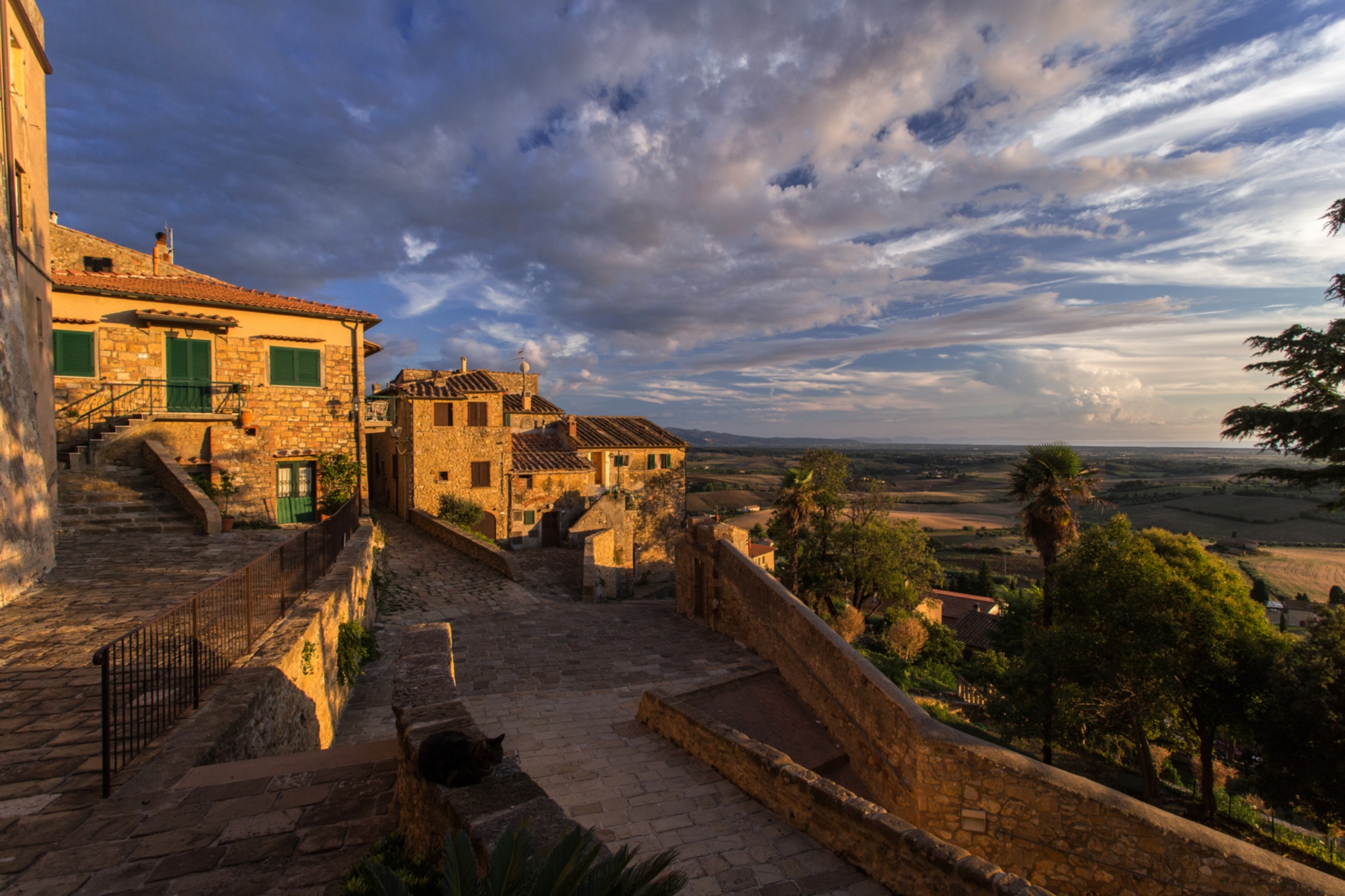
Gloriously positioned on the top of a hill overlooking the Cecina River Valley, the allure of this practically seaside village (the beach of Marina di Cecina is only 12 kilometers away) is clear. Awarded the Orange Flag by the Touring Club, evidence remains of the centuries of peoples who have been charmed by the spot. It’s precisely these traces that attract many visitors today, as the unique and rich archaeological heritage of Casale Marittimo includes the ruins of an Etruscan village from the 7th century BC, and also, impressively, the necropolis of Casa Nocera, an important burial complex of the Etruscan Warrior Princes. You can find a 5th century BC grave and Roman imperial villa, moving into the medieval past with churches and buildings that are still intact. After having been left reeling by the vast amounts of history, you’ll find delightful respite in the nature, food and wine tours that allow you to sample the very best of the area, making sure to try the dried figs (forma di fichi), cantuccini biscuits and the unusual type of pear, pera del curato.
Castellina Marittima

Castellina Marittima marries together all the most typically Tuscan elements, with its lush landscape enchanting visitors. One of the main attractions of this charming village is the Alabaster Ecomuseum, detailing the history of alabaster quarrymen who worked tirelessly to extract the extraordinary stone. The mines, called Bianco di Castellina, were of enormous importance to the local community, now the subject of this fascinating museum. Setting off down one of the many enticing paths in the woodland is an excellent way to understand how routed this area is in its landscape, with many organic, biodynamic, and agritourism companies established here given their innate appreciation of just how special the area is, putting eco-sustainability at the core in order to preserve its beauty for future generations. Oaks, pines and cypresses add further colour and scent to the bucolic scene, as this gentle land warms and relaxes all those who visit.
Montescudaio

An exemplar of the best of the Tuscan rural landscape, Montescudaio, is an incredibly beautiful village, and has in fact been awarded official recognition as such. There’s nothing quite like catching a stunning sunset from the historic castle walls, gazing out at the Tyrrhenian Sea and its islands. Wander down the cobbled, winding paths of the Medieval town, making sure to savour the scents of fresh bread baking in the wood ovens. Moving slightly outside to where the vineyards create their magic, you’ll find top-quality wines, with two that have been recognized as DOC (Controlled Denomination of Origin). The impressive castle, with its walls rising up to 15 meters, still features a watchtower, the Guardiola, dating back to the 12th century, that offers a breathtaking vista of the sweeping Cecina plain that reaches out to kiss the sea. You’ll also find the Scornabecchi Garden Park within close distance, and an archaeological area from the Middle Ages, that includes a historic convent. The district of Poggiarello is particularly intriguing, with houses leaning against each other and 17th-18th century buildings to be found in the historic center.
Guardistallo

Positioned perfectly between the sea and greenery, Guardistallo is an equally excellent spot to soak up while visiting the Etruscan Coast. Its name in fact derives from the German words warda (watch) and stall (place), apt considering the hill on which it’s found. The remarkable Marchionneschi Theatre is certainly a highlight of whole Val di Cecina area, built in 1882 with seats for 180. The Monastery of Val Serena creates lots of interest as a place for prayer and reflection, but not only. The site is also used for the production of liqueurs such as aloisia and nocino, as well as personal care products – all made with herbs grown inside the monastery. In addition to these unique products, don’t forget to try the local specialties of polenta, Tuscan IGP extra-virgin olive oil and the typical bread known as ciuchino.

In this land where olives, grapes and wheat are harvested in undulating hills, and where the local products reflect the uniqueness of the landscape, taking time to explore these gems will undoubtedly assure you’ll leave feeling refreshed, informed, and excited about the Etruscan coastal area.














